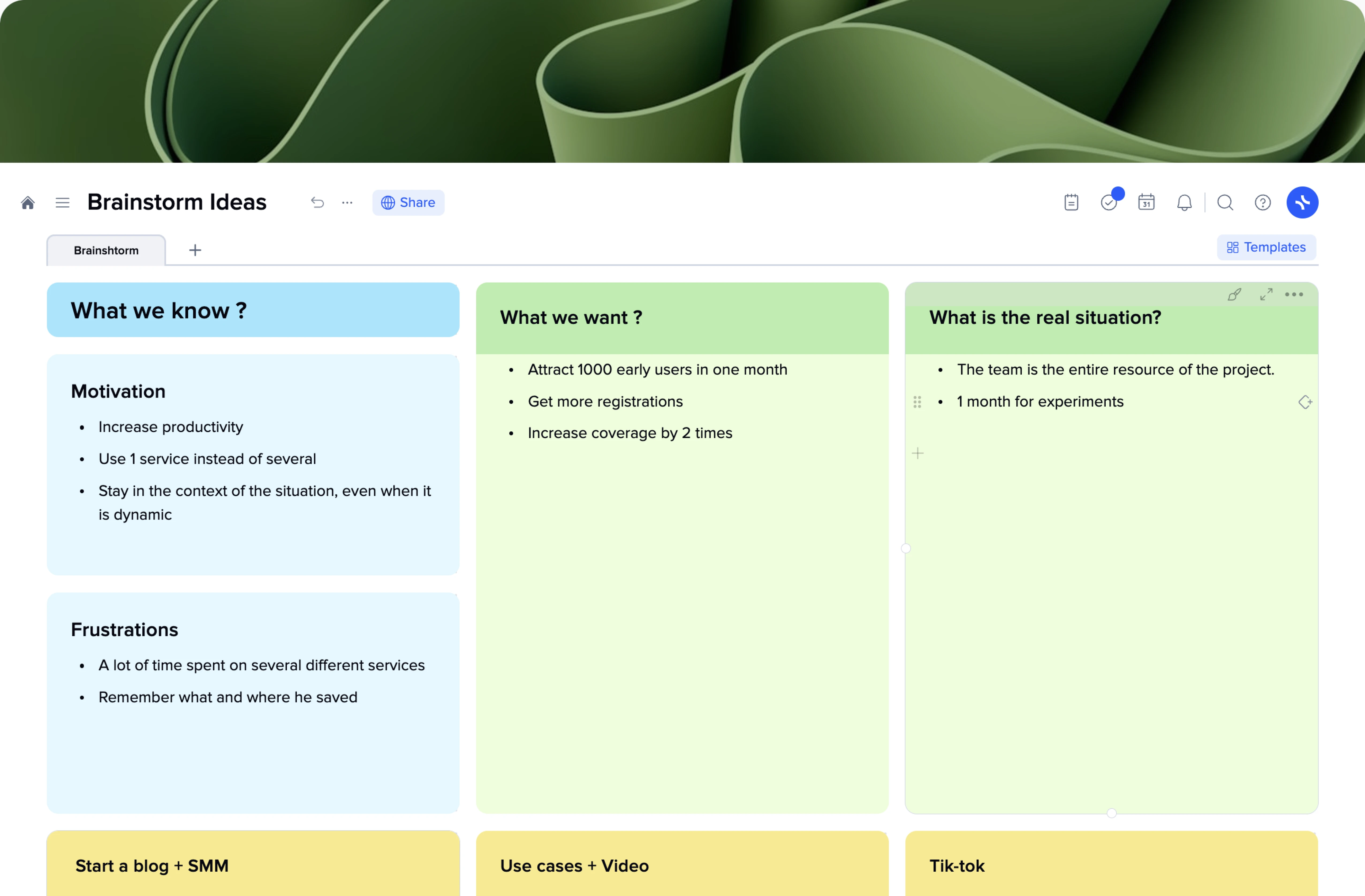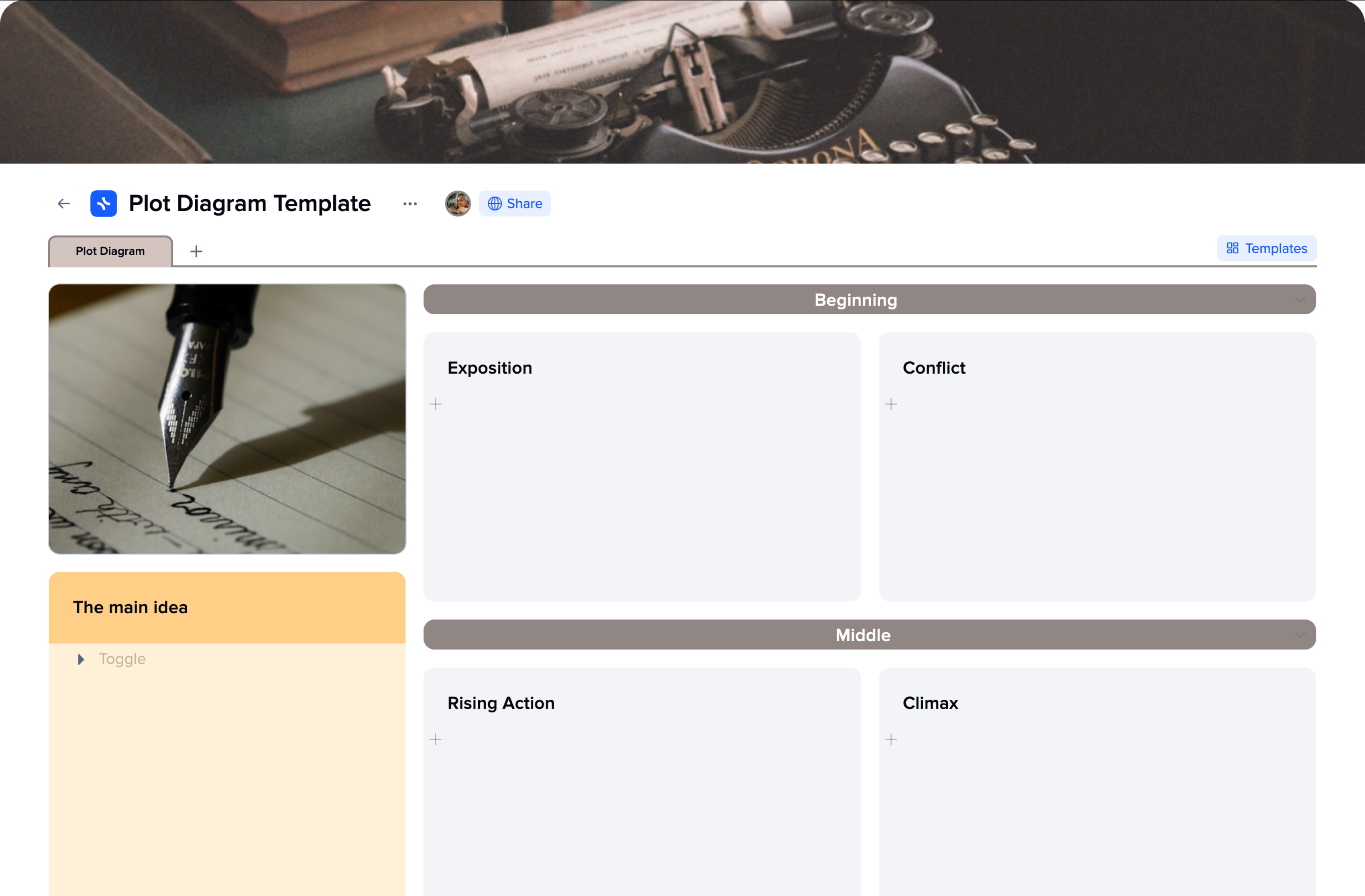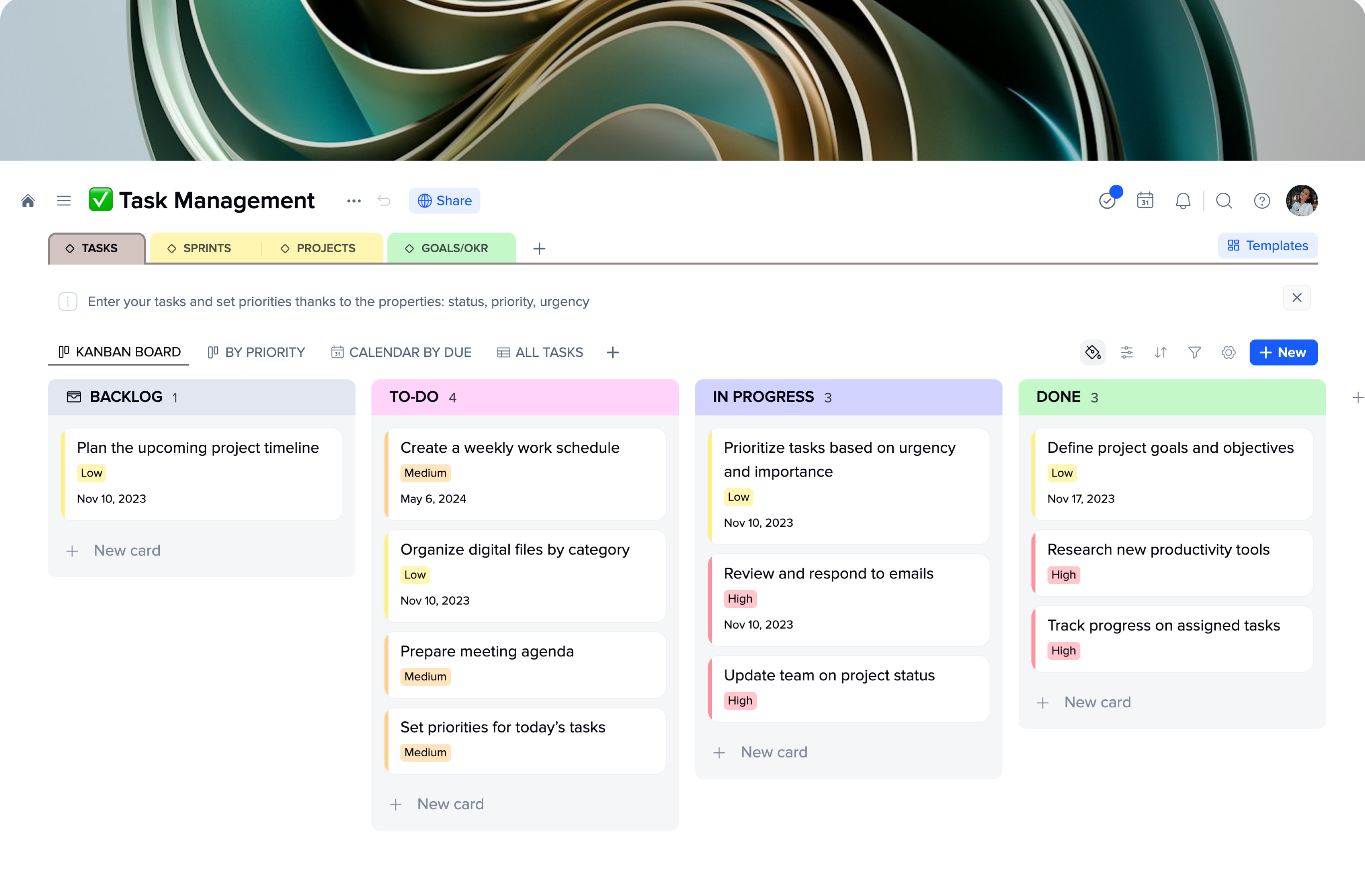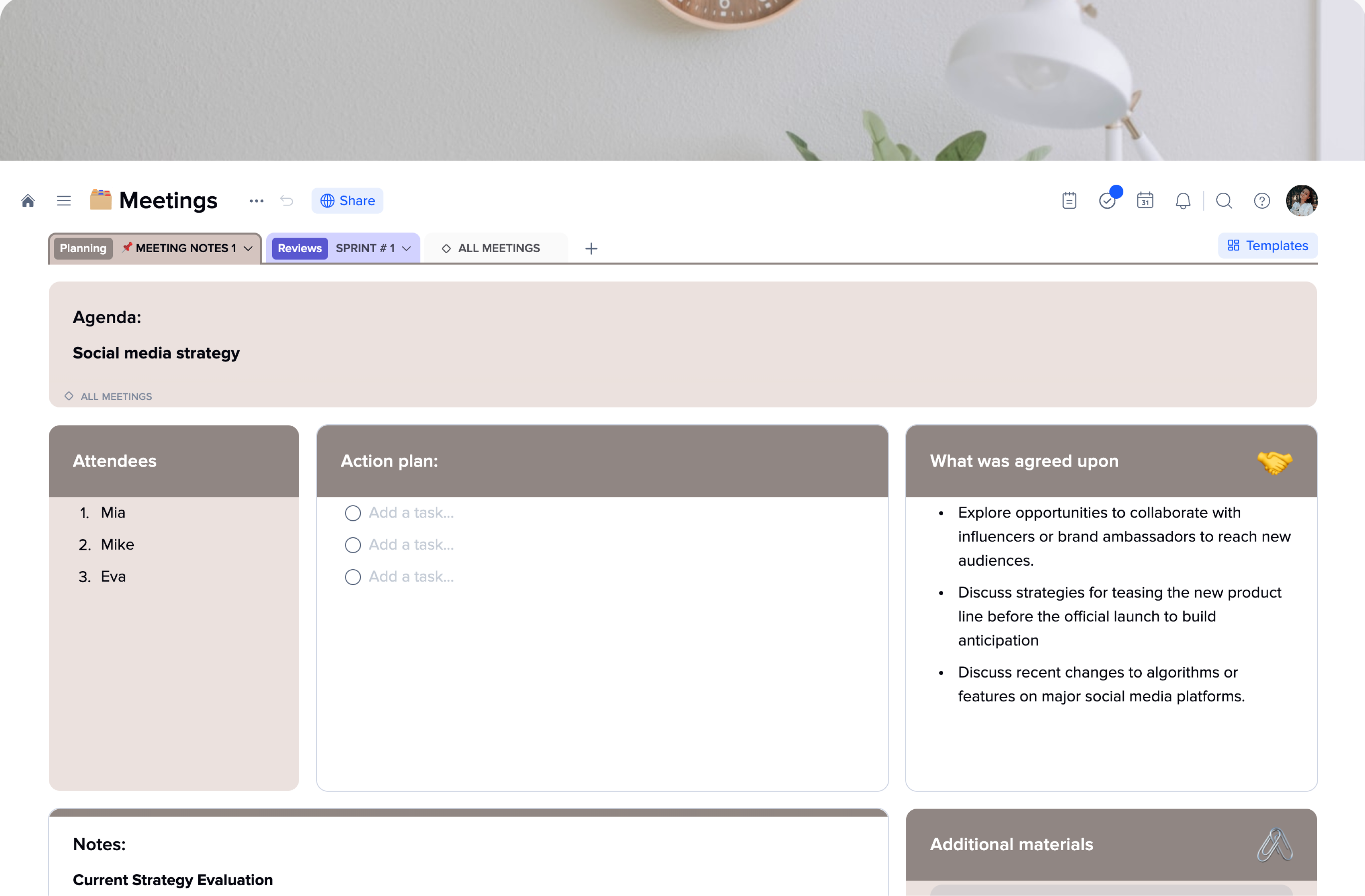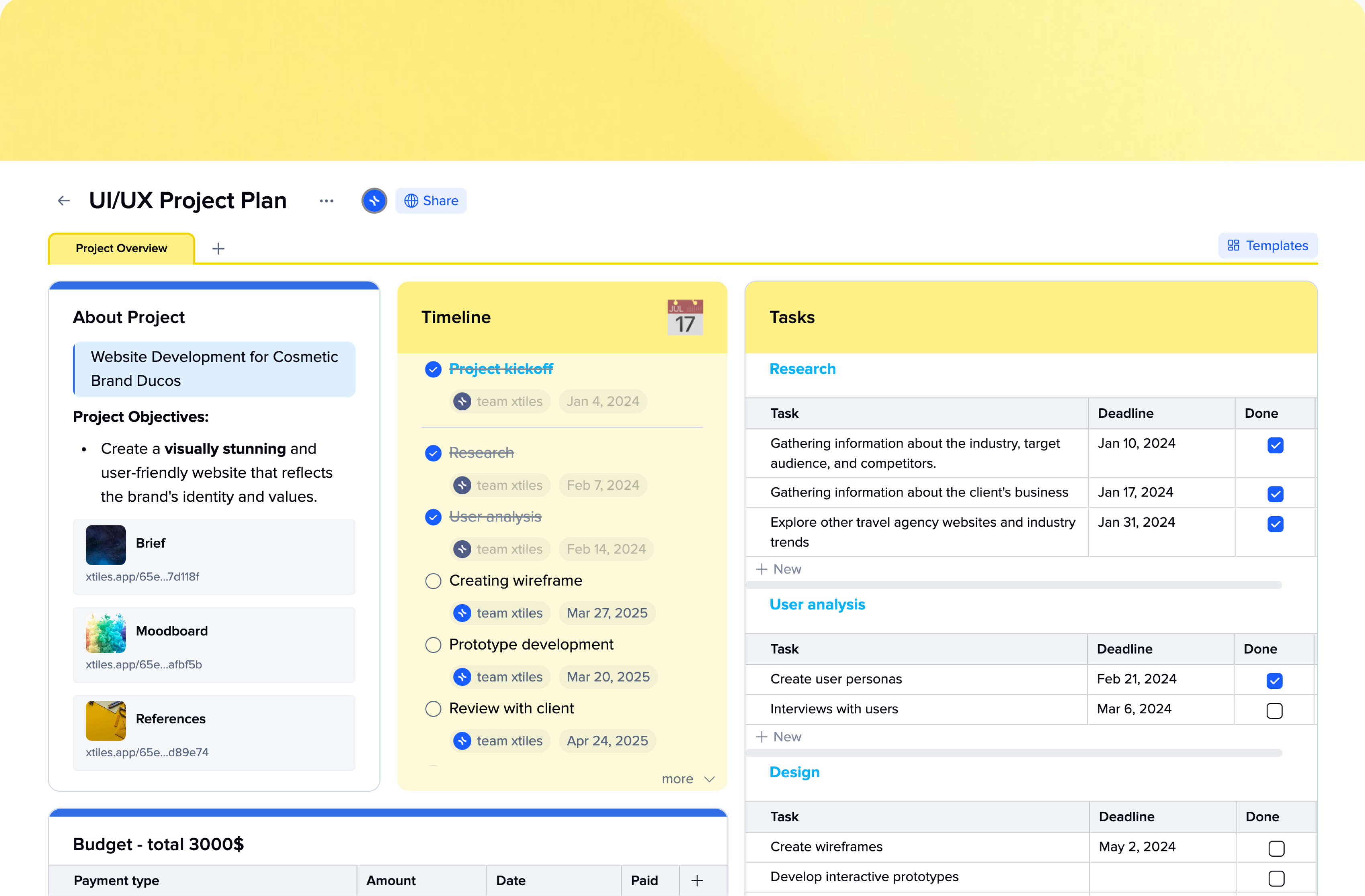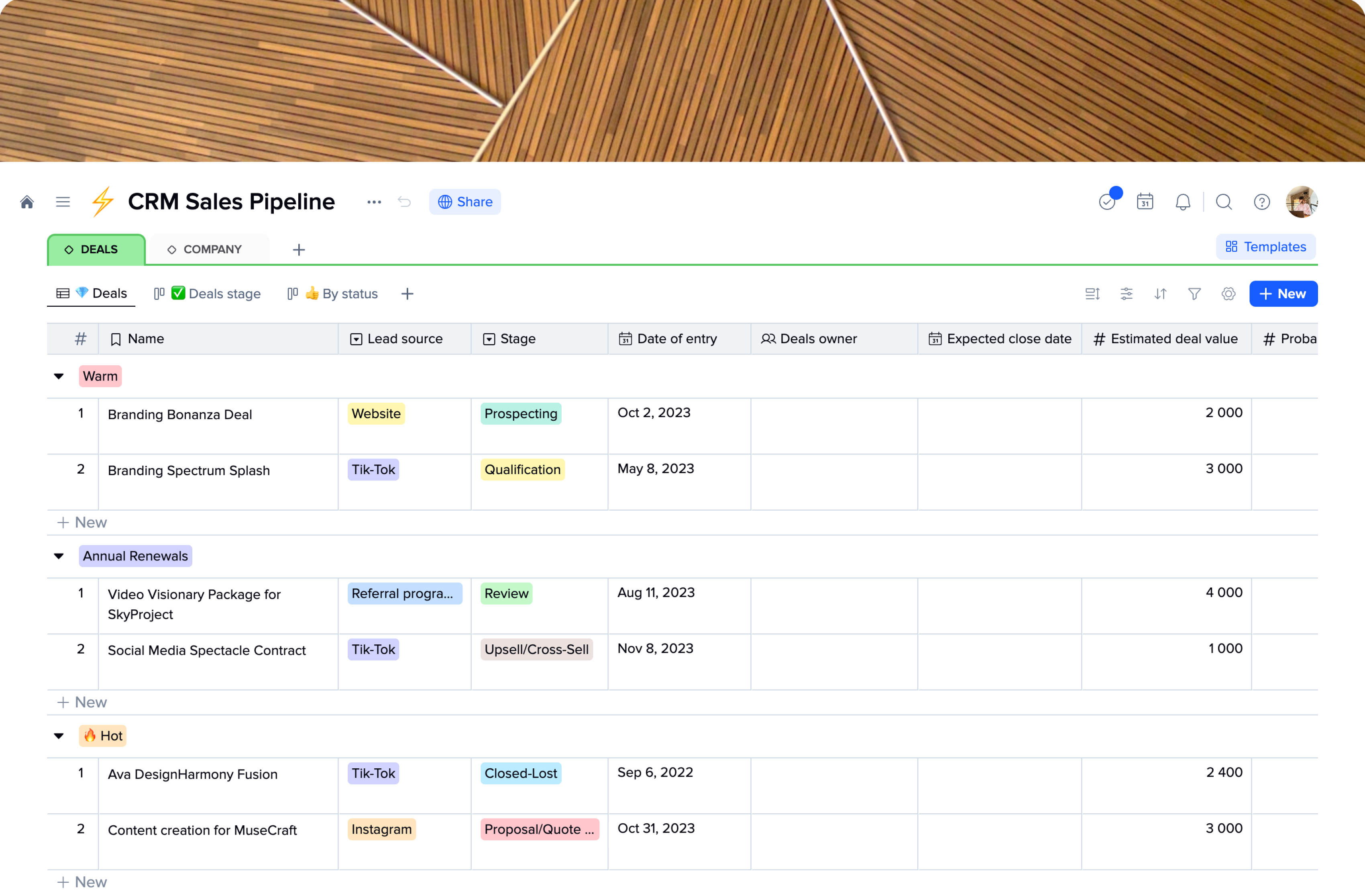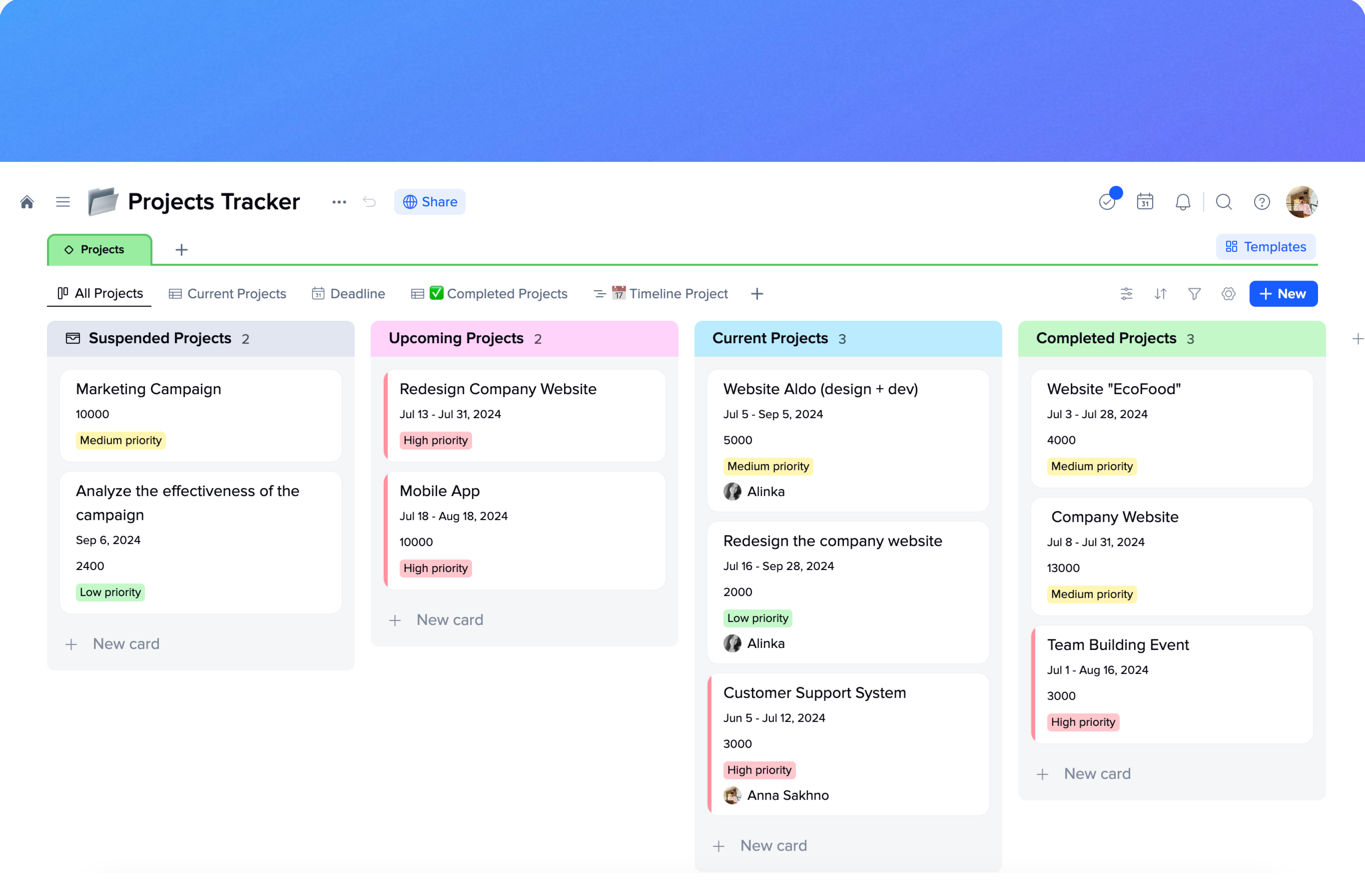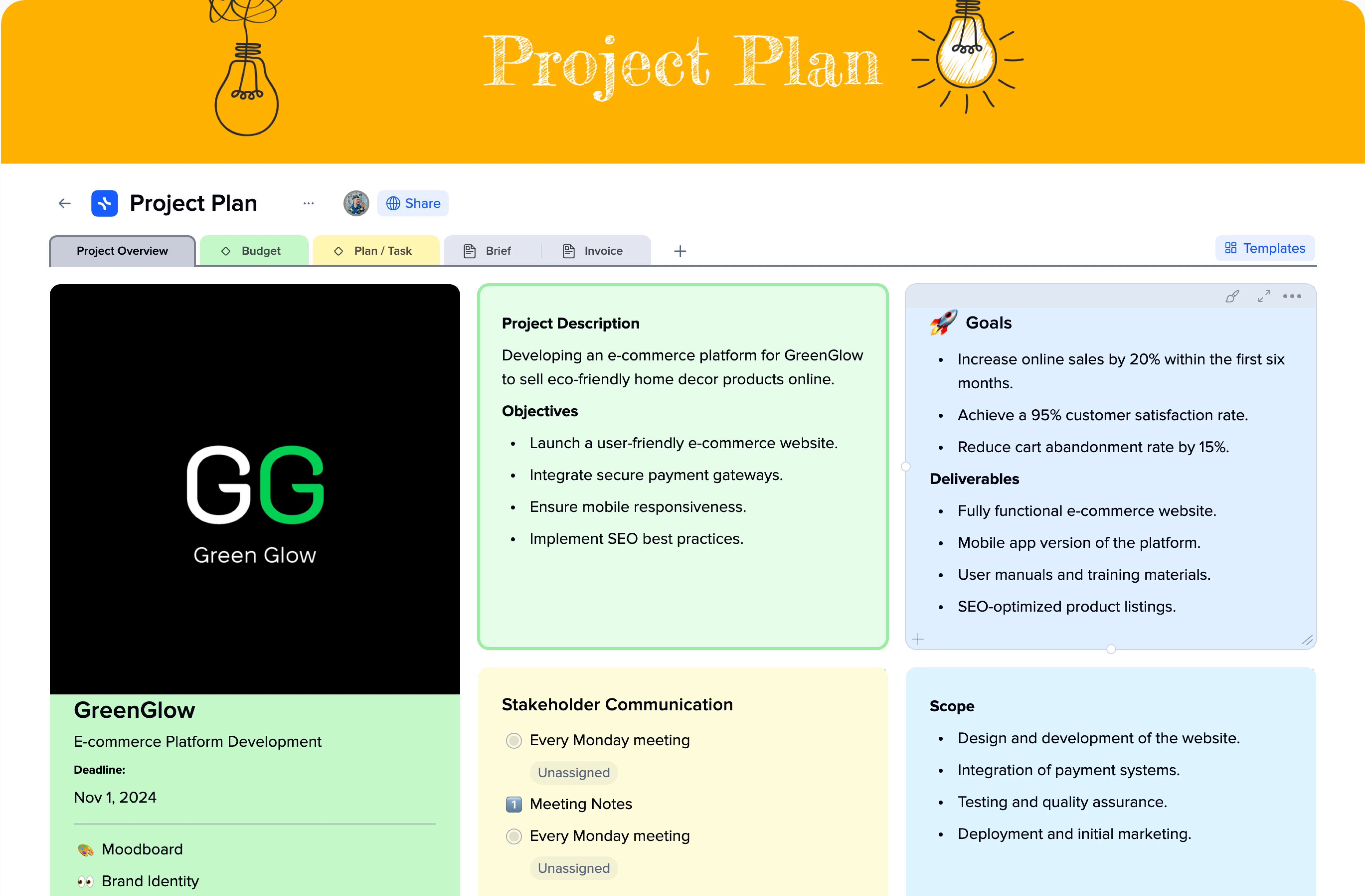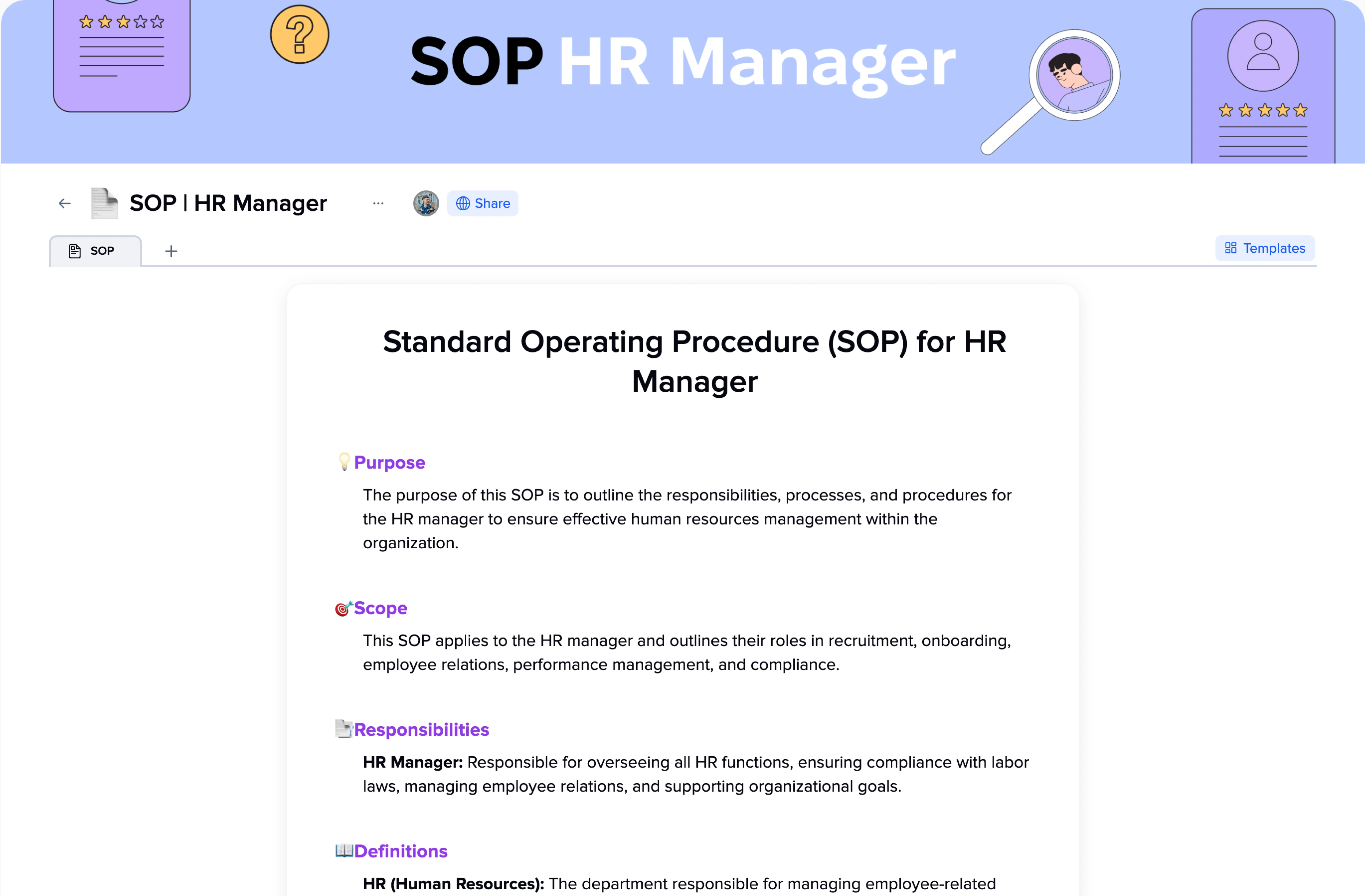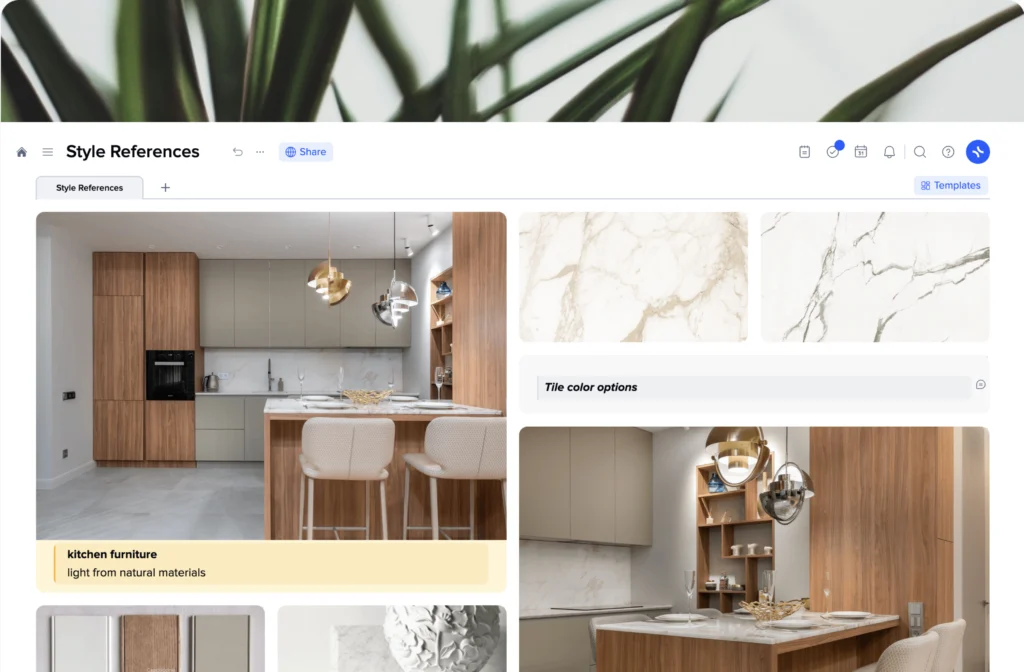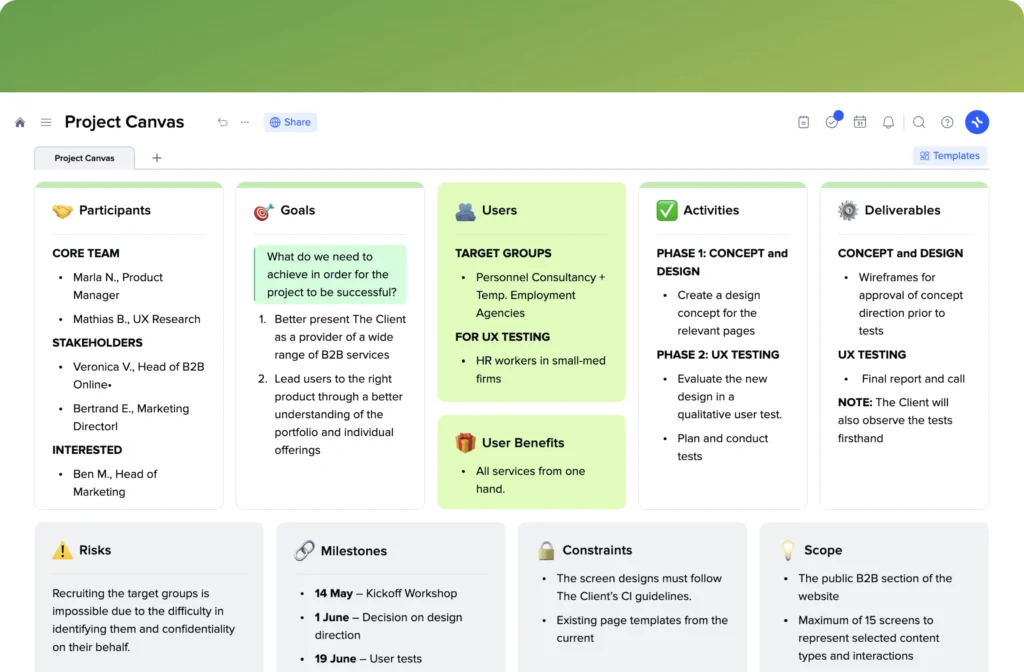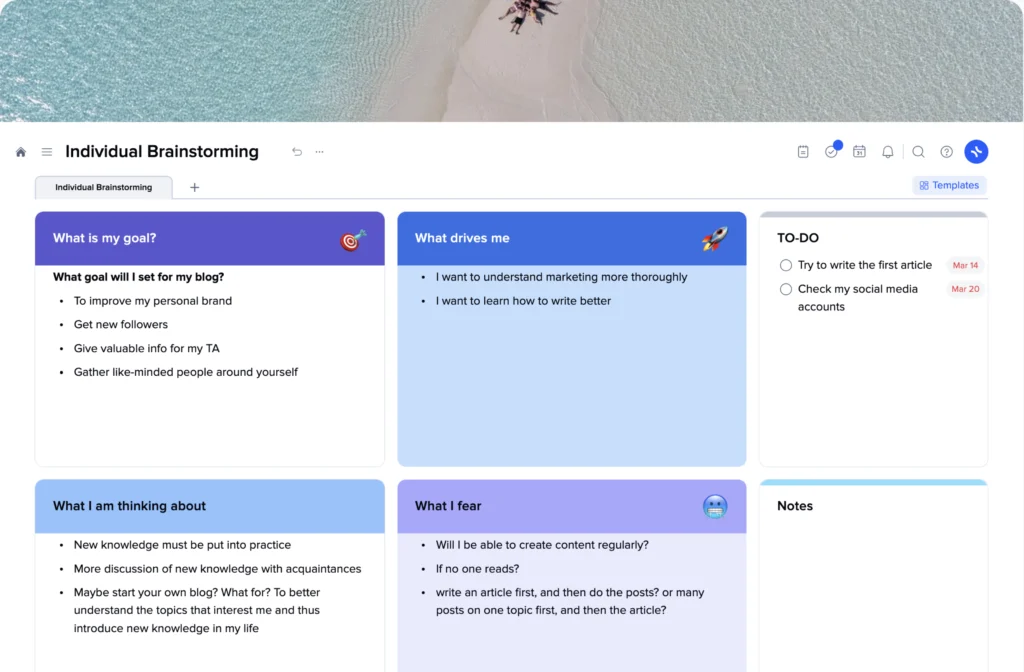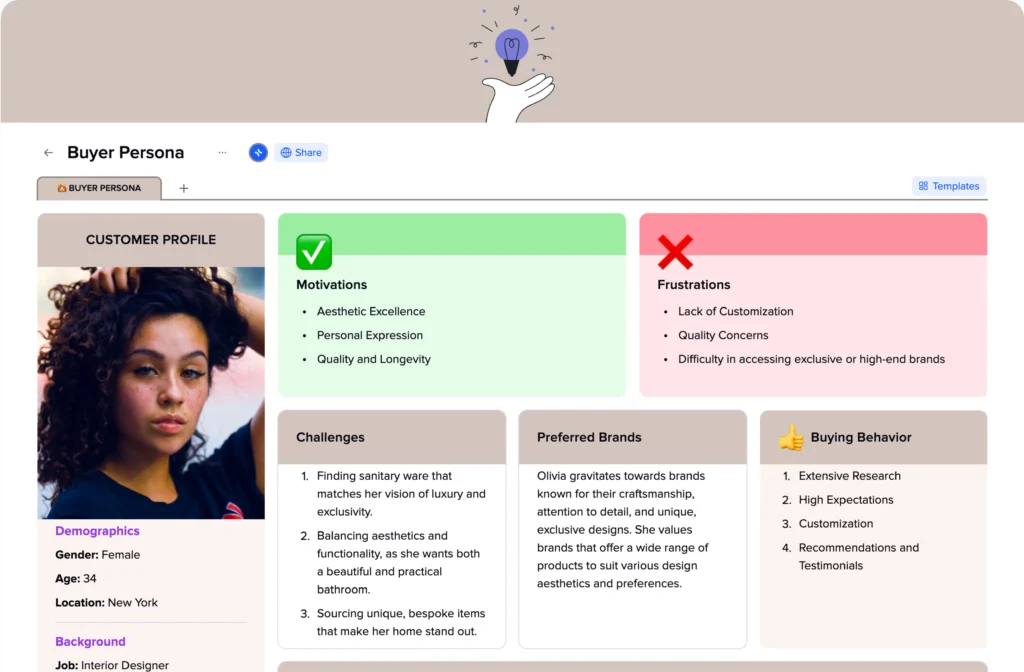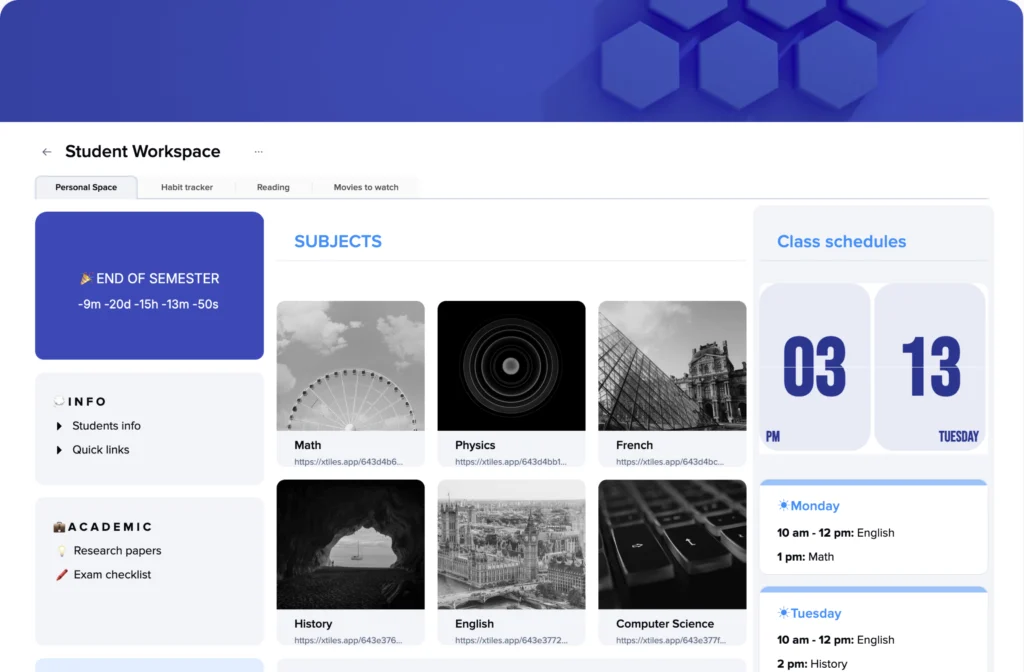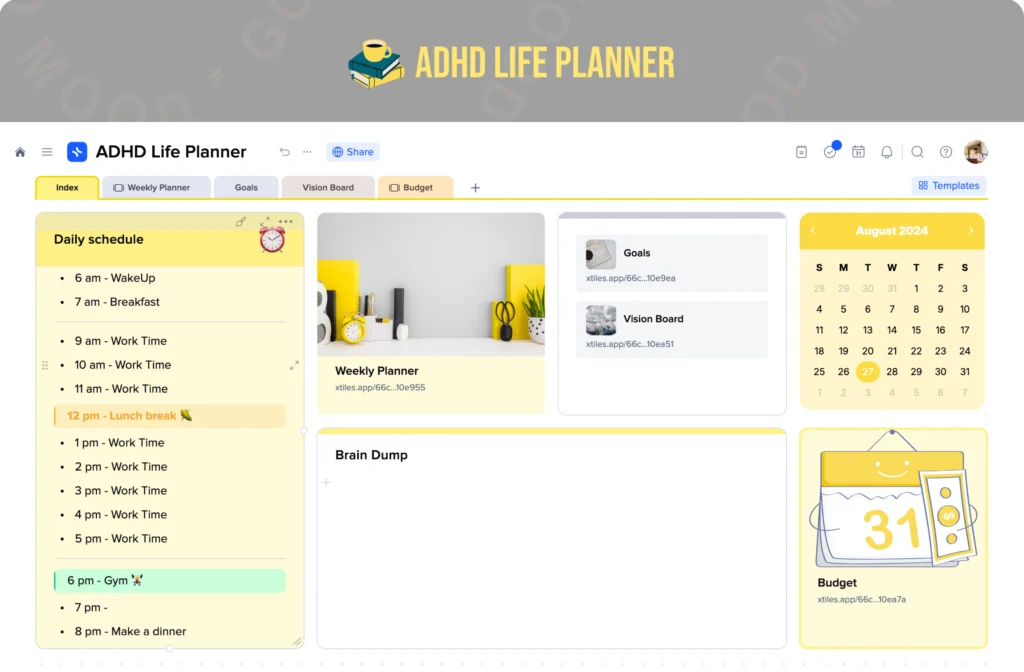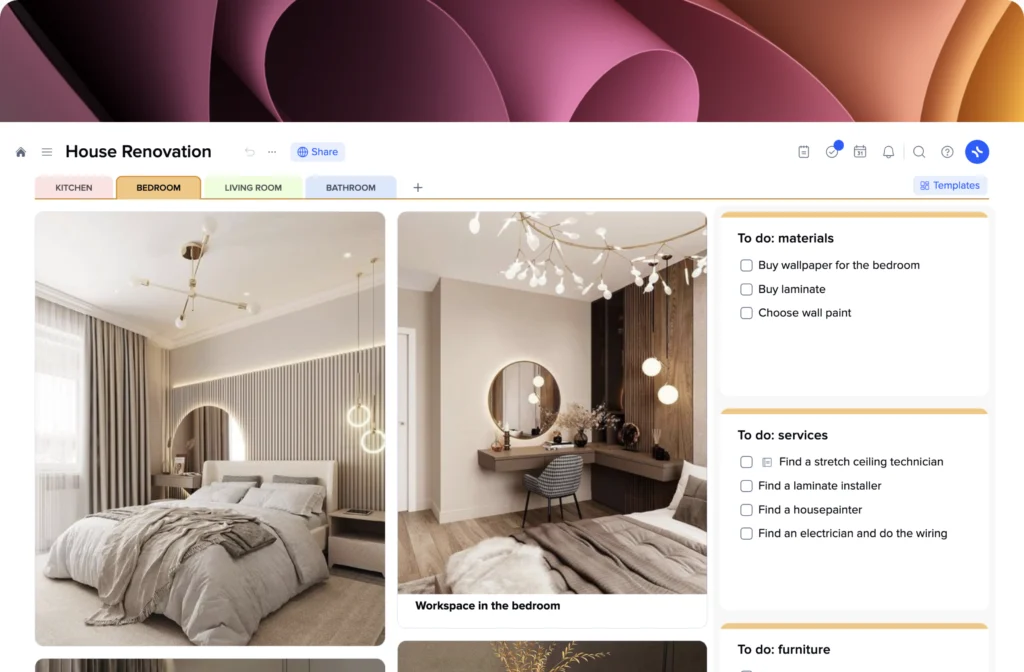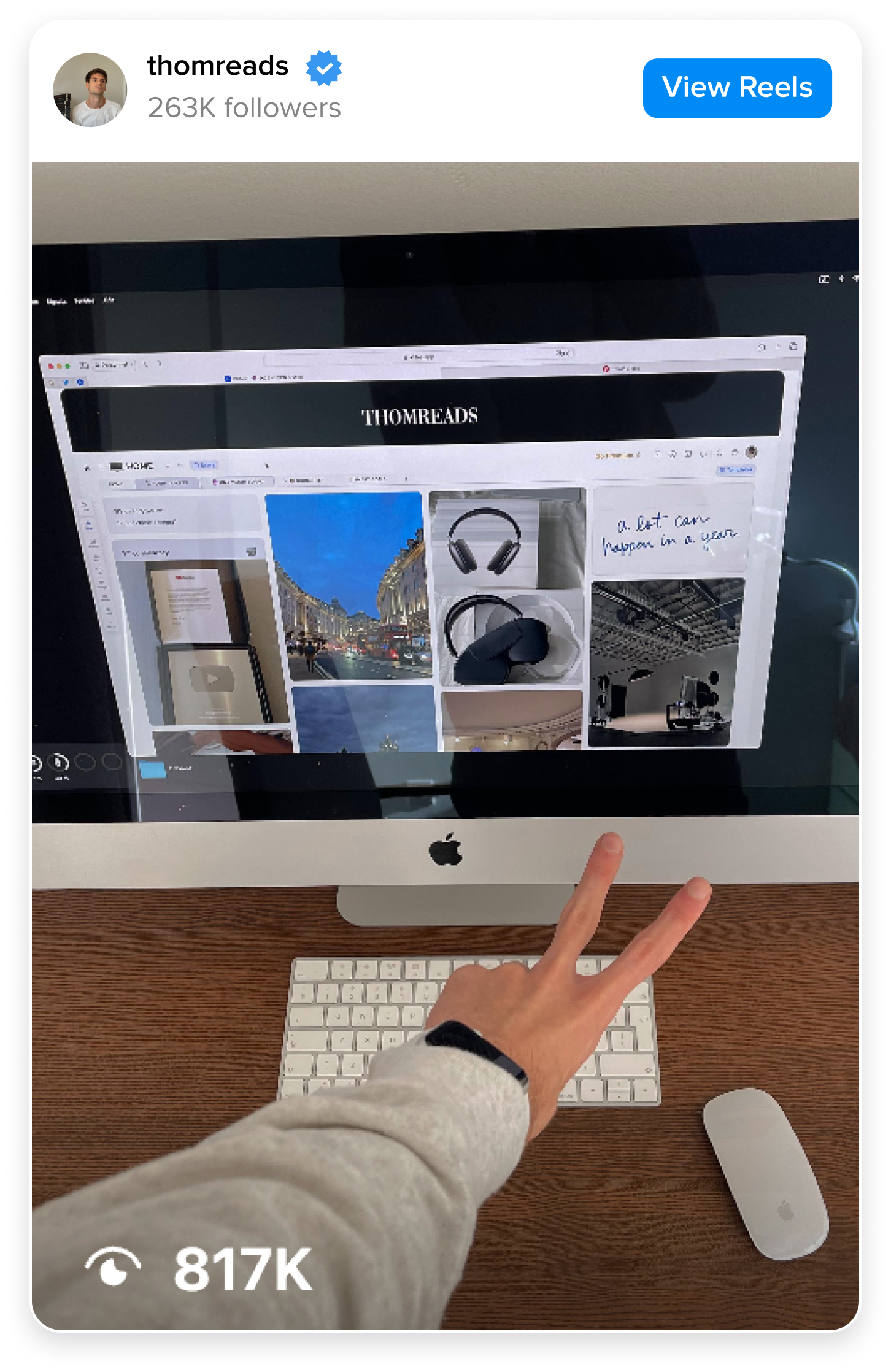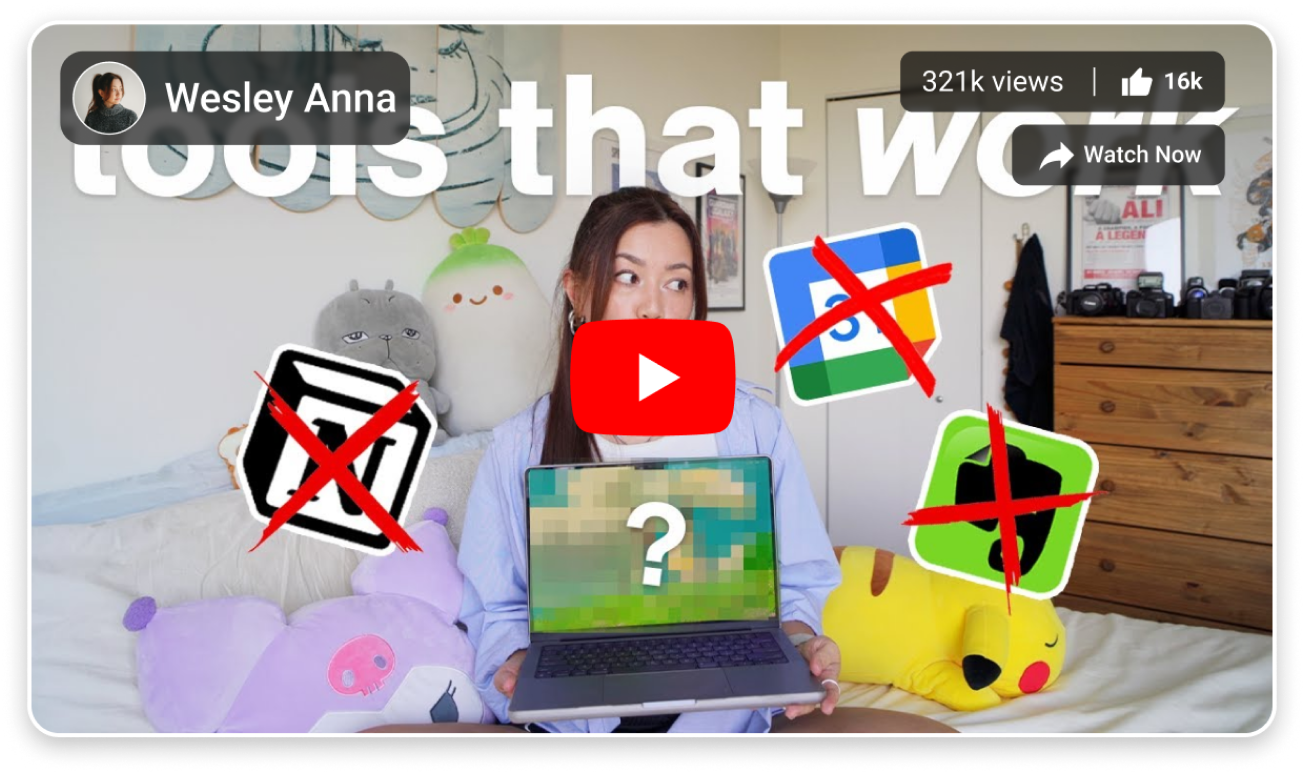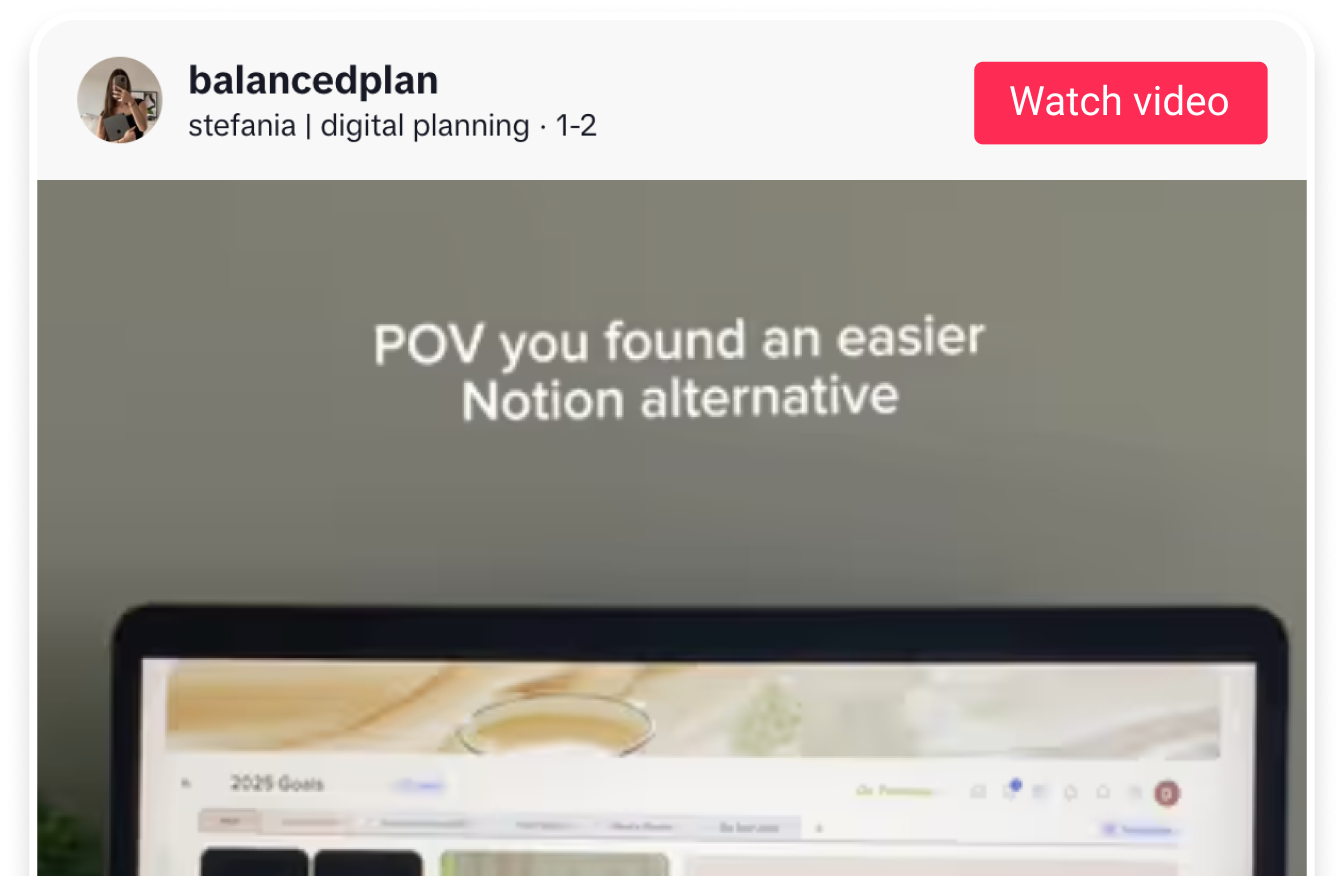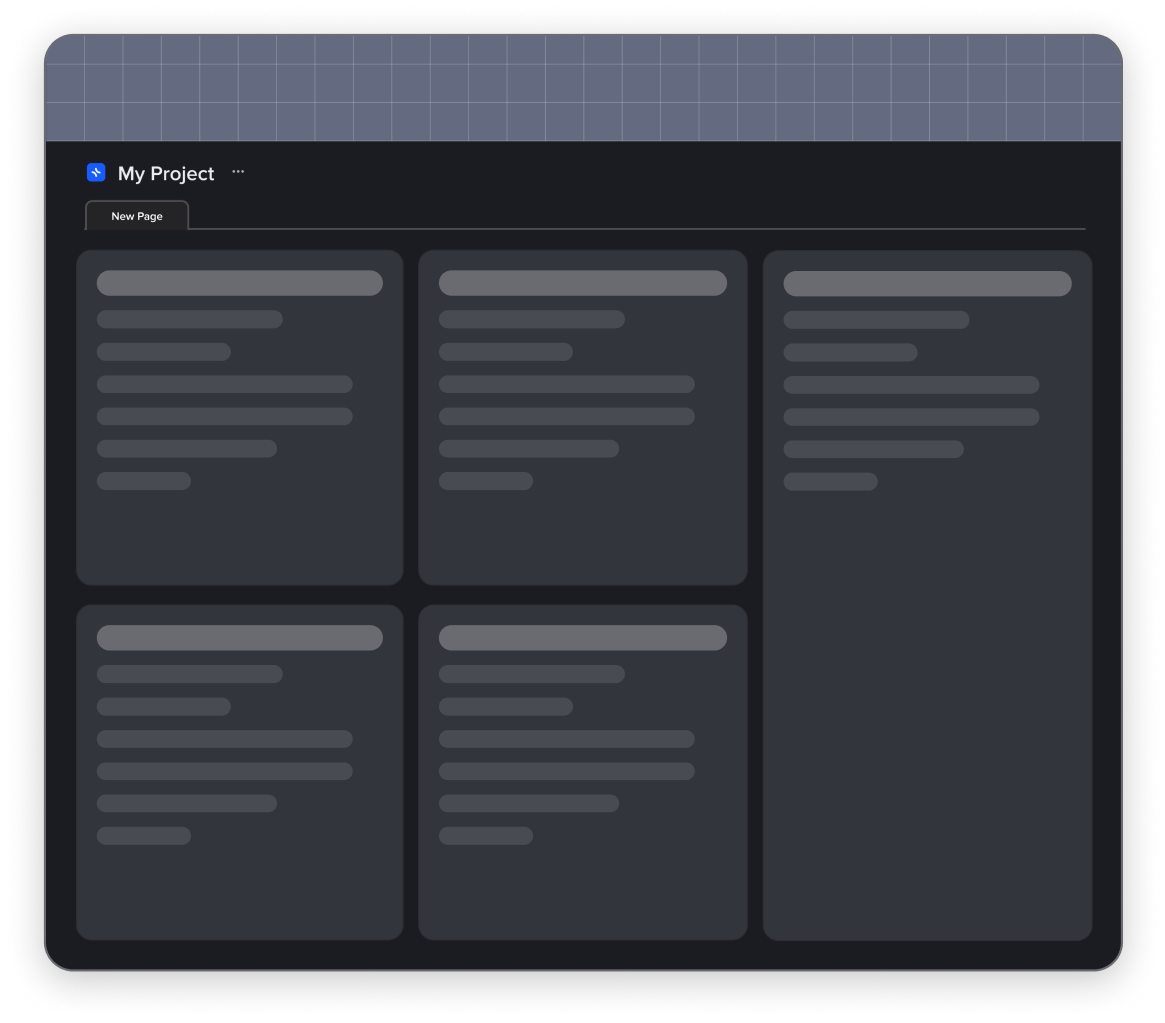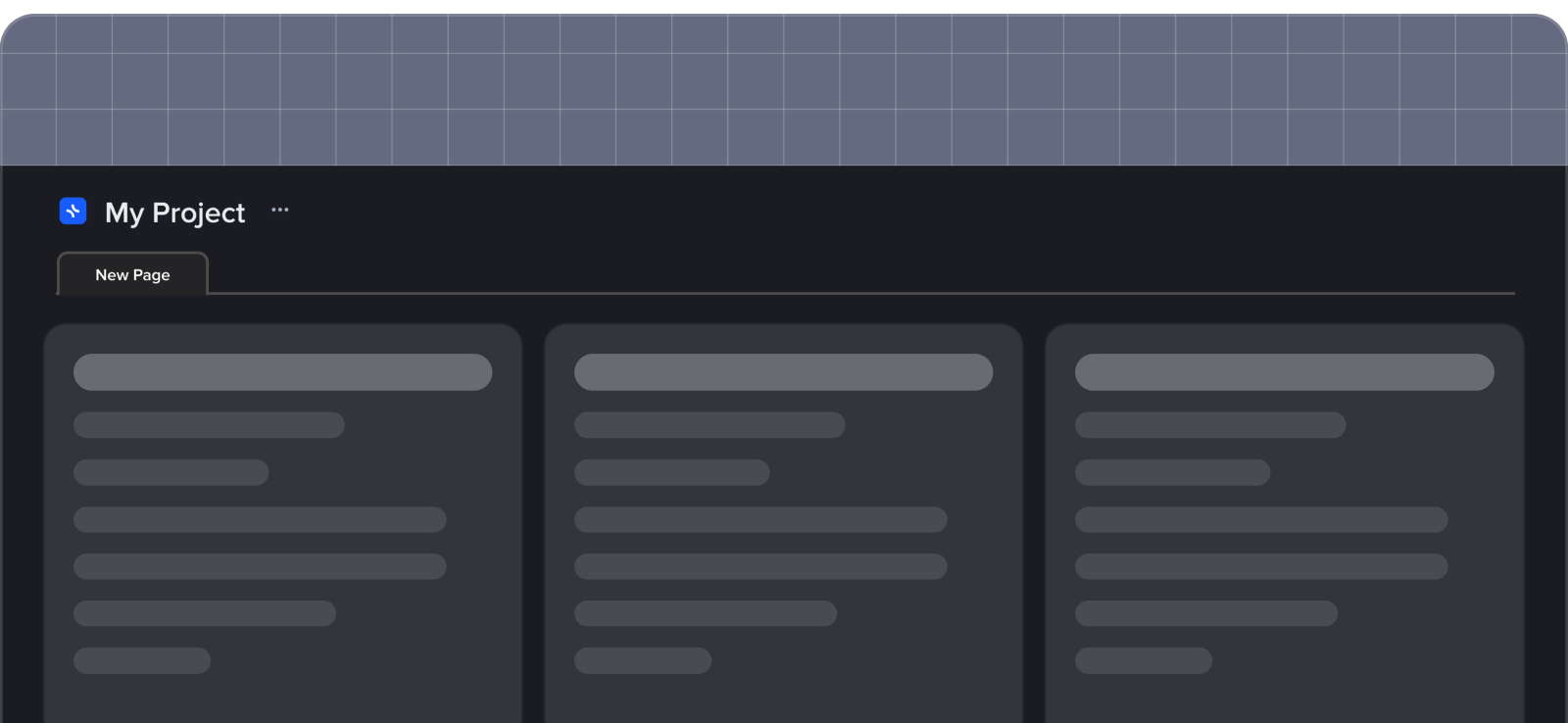The most popular free brainstorming templates and how to use them
There are many brainstorming templates approaches to encourage team members to be active participants of ideation process. So, no matter what you do or what your project or purpose is, there definitely will be one for your specific needs. The first step is to find it so that you will ease the process, avoid unnecessary steps and questions, and get the most out of it.
Not all techniques are equal when you need to generate ideas. Some of them may not work for you, and if so, please, don’t think that all of them won’t. Also, some of them are good if you’re in the beginning, some are good if you’ve stuck somewhere in the middle, and some will help you structure all of your achievements and make the final push.
Below you will find the most popular brainstorming techniques, from those that are good for the start to those that help you keep moving when a lot has been done already. However, remember that each case and, most importantly, each team is unique, and sometimes you need to try a couple of them to find what will work best for you.
1. Brainwriting
That technique is great for the team, who might not feel comfortable working together yet. If there’s a shy person too scared to share their ideas even though they are usually great, brainwriting may help. Or if you don’t want to turn your brainstorming session into an endless chit-chat, this technique may come in handy too.
How to use Brainwriting?
Just give each team member a list of paper and ask them to write down three (or less or more, or as many ideas as you want) ideas regarding your task. Encourage free thinking. Otherwise, team collaboration won’t be successful. Then, after a few minutes, collect the pages and start working on each together to find those worthy of further consideration and give up on those that are meaningless.
If your team works remotely, you can send emails asking them to come up with several ideas and opinions and then organize a meeting to consider the results. Brainwriting will save you time for discussion-worthy ideas and will ensure everyone is on the same page.
2. Mind mapping
This approach is great if you already have something to work with. It helps you organize existing ideas, connect related ones, and deepen your understanding of the current problem. Additionally, it helps you not to miss anything during the sessions.
How to use Mind Mapping?
Put the main problem or concept in the center of your mind map and provide your teammates with all the background information on the subject you possess. Now, start with sub-ideas related to your topic and write them down around the main problem. At this stage, we don’t waste time filtering ideas. All of them will be reconsidered later.
When your central topic is surrounded by many ideas and the team is done with creating new ones, review the content of your board or page and try to find the connection between what is written. It’s important to discuss everything with your teammates. Maybe someone will see something strange or interesting or produce one more fresh idea you need.
3. Lotus diagram template or Lotus blossom technique
When you have lots of creative or business ideas but nothing is organized, the brainstorming session might turn into torment. If mind mapping seems unattractive or you’ve already tried it and got nothing, you may try this technique. A lotus diagram is another helpful brainstorming template to structure your team’s previous ideas and define what is important.
How to use the Lotus diagram technique or Lotus blossom technique?
Think of the main idea/concept/question and put it in the center of your lotus diagram. Then, define 8 issues that are related to your center topic. The secret is that the issue you’re trying to resolve rarely stands alone. Going away from the center, think of 16 possible solutions to your issues. You can go further or stop at this stage. Review what you’ve got and discuss it with the team when you’re done.
4. Affinity diagram technique or Affinity mapping
Sometimes, your brainstorming session is so effective that you end up with tons of innovative ideas, and you need more sessions to organize everything or look on what you have from different perspectives. That’s when an affinity diagram may help you put your developments in order. The affinity diagram is often used to summarize the initial brainstorming rather than the actual brainstorming tool.
How to use the Affinity diagram technique or Affinity mapping?
The diagram structure allows you to categorize all your ideas so that you don’t get stuck only on a couple of standouts but analyze all of them before rejecting some. It consists of a few separate blocks. Each one is for ideas that are connected or similar.
Start with noting all the ideas your team comes up with. Put those related closer to one another or at a similar part of your whiteboard or page. When you’re done, give each category a name that will briefly yet precisely summarize its content. Now, analyze each category with your team. If there are too many categories or each is full of ideas, you may organize separate sessions for each category.
5. S.C.A.M.P.E.R techniques
Each letter in this acronym represents a unique technique to see the problem from a different point of view and stimulate your and your team’s lateral thinking for collaborative problem solving. The template has 7 blocks, with the main issue in the center. When working on each block, ask your teammates to come up with the solution according to these parameters.
How to use S.C.A.M.P.E.R techniques?
Let the acronym lead your idea generation:
S – Substitute. Think about what can be changed to get a better result. Maybe the process has some blockers, or your product needs to be improved.
C – Combine. Review your ideas and think whether some can be combined into one but brilliant.
A – Adapt. Check if there’s something you can add to get a better result.
M – Modify. Check if there’s something you can change to get a better result or if your product or service will be better.
P – Put to another use. Imagine ways to use your product/service that differ from their initial purpose.
E – Eliminate. Check if there’s something in your product/service that you can remove.
R – Reverse. Think about what can be rearranged in your product/service to make it better.
6. How Now Wow matrix
Another hard but important part of ideation is deciding which idea or ideas are the best and need to be brought to life. Sometimes, during a brainstorming session, teams come up with numerous ideas but even a super huge and passionate team won’t be able to take care of them. We need all the resources available to focus on what is the most important to get the desired results.
How Now Wow matrix is a template for brainstorming to help you decide what would work best now and what should wait till next time.
How to use the How Now Wow matrix?
Let’s imagine that you’ve already generated all the ideas possible regarding your subject. Now, you need to order them on your board or template according to the next filters.
HOW. The ideas to reconsider in the future or something hard to implement right now due to lack of tools, people, etc. (usually, this block consists of the most innovative and risky ideas).
NOW. Here should be the ideas that are easy to implement now (usually, this block consists of the not-that-original and interesting ideas).
WOW. The ideas that are innovative yet possible to implement. Try to produce as many as possible.
We hope the work inside your team is built upon democratic ideas because you need to choose the concepts of every category. Sometimes, people tend to choose the ideas they produce, so this part might be challenging.
7. Disney creative diagram
The purpose of this brainstorming session template is quite similar to that of the previous one. Originally used to generate and evaluate film and script ideas on Walt Disney Studios, now it’s a useful tool to evaluate your ideas from three perspectives – dreamers, realizers, and critics.
How to use Disney creative diagram?
Don’t divide your team into three categories. Let the whole team think about the problem from the same perspective simultaneously.
Start with the dreamer’s point of view. Allow your team to come up with the craziest ideas without thinking about whether it’s real to implement them or not.
Then, switch to the realistic point of view and go over dreamers’ ideas to find those that may be easily implemented, attractive to customers, or generate revenue. Finally, become a critic and analyze what realists developed.
8. Reverse brainstorming technique
If traditional brainstorming sessions don’t work for your team or they are already bored with them, you may try a Reverse brainstorming template. The method is more of a trick to make your brain work in a different way.
Maybe you have noticed during your brainstorming sessions that people tend to focus on the problem more than on a solution. That feature may not be that bad and allows us to see the subject from the opposite perspective and spark creativity.
How to use the Reverse brainstorming technique?
Determine the area that needs improvement or new ideas. Now, put the problem upside down. For example, if you intend to increase sales, consider what can decrease them. Then, reverse the ideas you have one more time and think of how to bring them to life.
9. Mood board
Creating a mood board is more of a long-term preparation process for effective brainstorming. It’s a powerful creative technique that facilitates visual collaboration and visual representation of your big ideas.
You carefully put together everything you consider important and what inspires you to come up with the ideas later. Mood boards help visualize what you want to see using rich content.
A mood board can be individual or shared within a team. However, it’s advisable to have different boards for different subjects so that won’t be too much of everything.
How to use a Mood board?
To use a mood board effectively, gather inspiring images, colors, textures, and materials that represent the desired mood or aesthetic. Arrange these elements cohesively on a physical or digital canvas. Include notes and keywords to provide context.
The mood board should reflect your best ideas and serve as a reference throughout the creative process. Share it with stakeholders to align everyone’s vision for the internal business initiative. Regularly update the mood board as great ideas evolve. This visual tool sparks inspiration, communicates your concept clearly, and ensures your work stays true to the established direction. Leverage mood boards to bring your creative visions to life effectively.
10. The 5-Why diagram technique
Some problems being hard to understand might turn into serious blockers. You may use a 5-Why diagram brainstorming template to figure everything out and keep moving.
How to use the 5-Why diagram technique?
As you’ve already guessed, you will need to answer 5 questions to get to the heart of your problem, but first, you need to specify what you want/need to resolve.
Start with asking the broadest questions. Sometimes the answer is so obvious that it’s not, and trying to be creative and inventive, people might easily miss it.
The next question should always be the natural continuation of your previous answer. Follow the chain till you get the answer.
